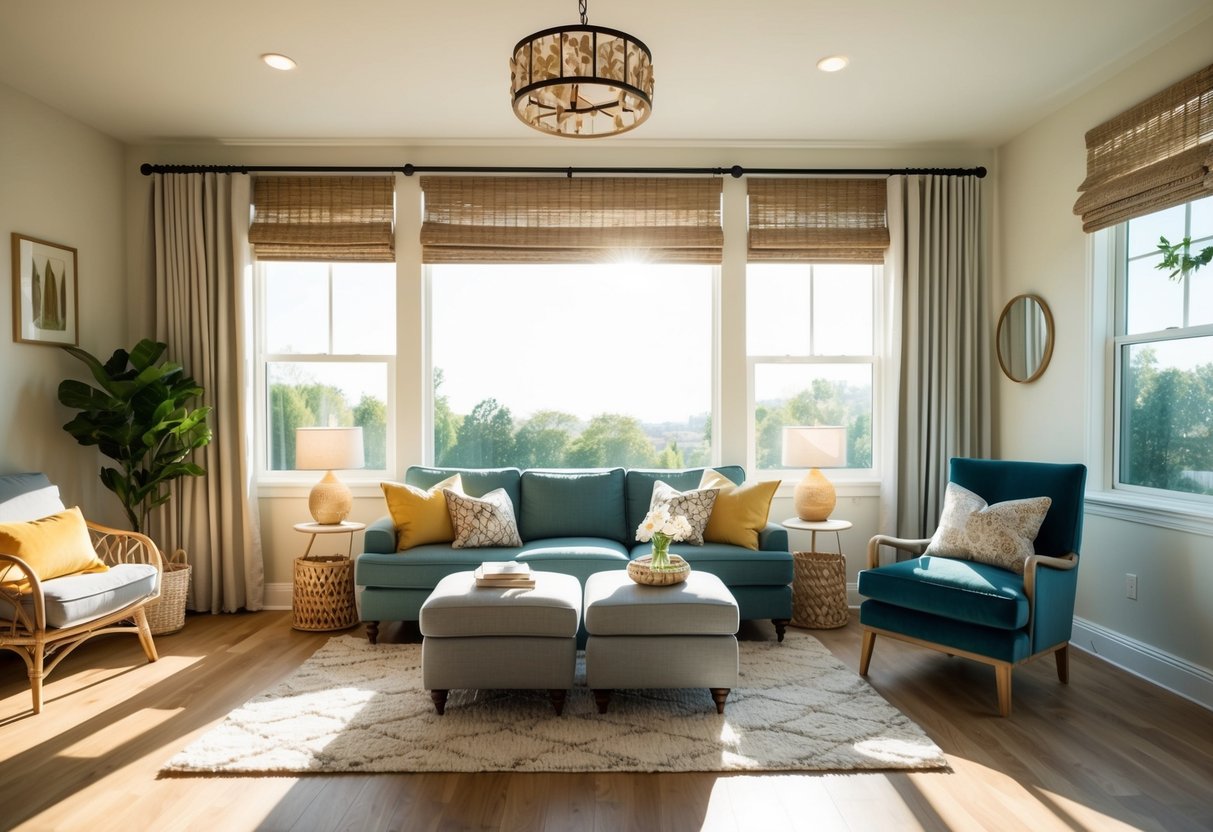The Ultimate Guide to DIY Window Treatments: Stylish and Functional Solutions
Choosing the Right Fabric
Selecting the appropriate fabric significantly impacts the aesthetic and functionality of the window treatment. The fabric should complement the room’s decor, factoring in color, texture, and pattern. Lighter fabrics, such as cotton or linen, allow more light and lend a breezy feel. In contrast, heavier fabrics like velvet or brocade offer more privacy and insulation.
Durability is another important consideration. High-traffic areas might benefit from stain-resistant materials. When working with delicate materials, practice caution during cutting and sewing to maintain fabric integrity. Additionally, washing ease and maintenance should align with lifestyle preferences, ensuring the window treatments are both beautiful and practical.
Functional Aspects to Consider
When selecting window treatments, it’s important to address practical considerations. Key aspects include managing light and privacy while improving room insulation and energy efficiency.
Light Control & Privacy
Window treatments serve essential roles in controlling light and ensuring privacy. Options like black-out shades are ideal for completely blocking outside light, making them perfect for bedrooms or media rooms. Heavier materials, such as thick drapery, also enhance privacy by preventing outsiders from seeing into the home during the day and night.
Additionally, sheer curtains allow light to filter through while diffusing harsh sunlight, creating a more pleasant indoor atmosphere. Layering different types of treatments can provide flexibility in both light and privacy management. For example, combining sheer curtains with heavier drapes gives homeowners the ability to adjust levels of light and privacy as needed, varying the feel of their spaces.
Insulation & Energy Efficiency
Window treatments contribute significantly to a home’s insulation and energy efficiency. Insulated curtains and cellular shades trap air, creating a barrier that helps to keep rooms warm in winter and cool in summer. This feature reduces the need for excessive heating or cooling, leading to potential cost savings on energy bills.
Thermal curtains are effective in mitigating heat loss through windows, which can be a major source of energy inefficiency. The use of energy-efficient materials in these treatments supports sustainable living practices, as they contribute to a reduced carbon footprint. By considering treatments that promote insulation, homeowners not only enhance comfort but also support energy conservation efforts.
Designing Decorative Window Treatments

Designing decorative window treatments involves balancing aesthetics with practical function. Creative ideas include layering different styles such as roman shades with curtains, adding key embellishments, and utilizing elements like tiebacks to enhance appearance and utility.



